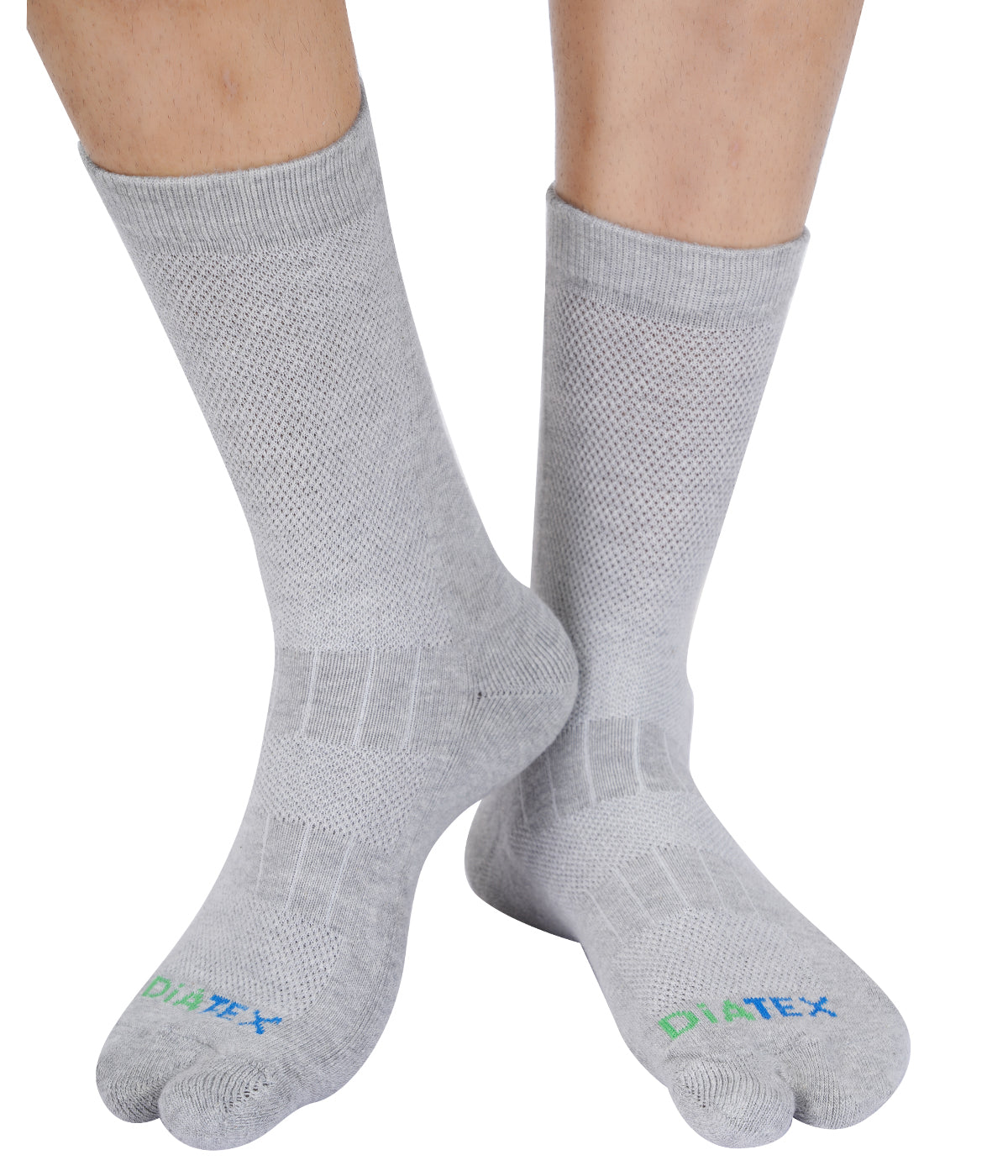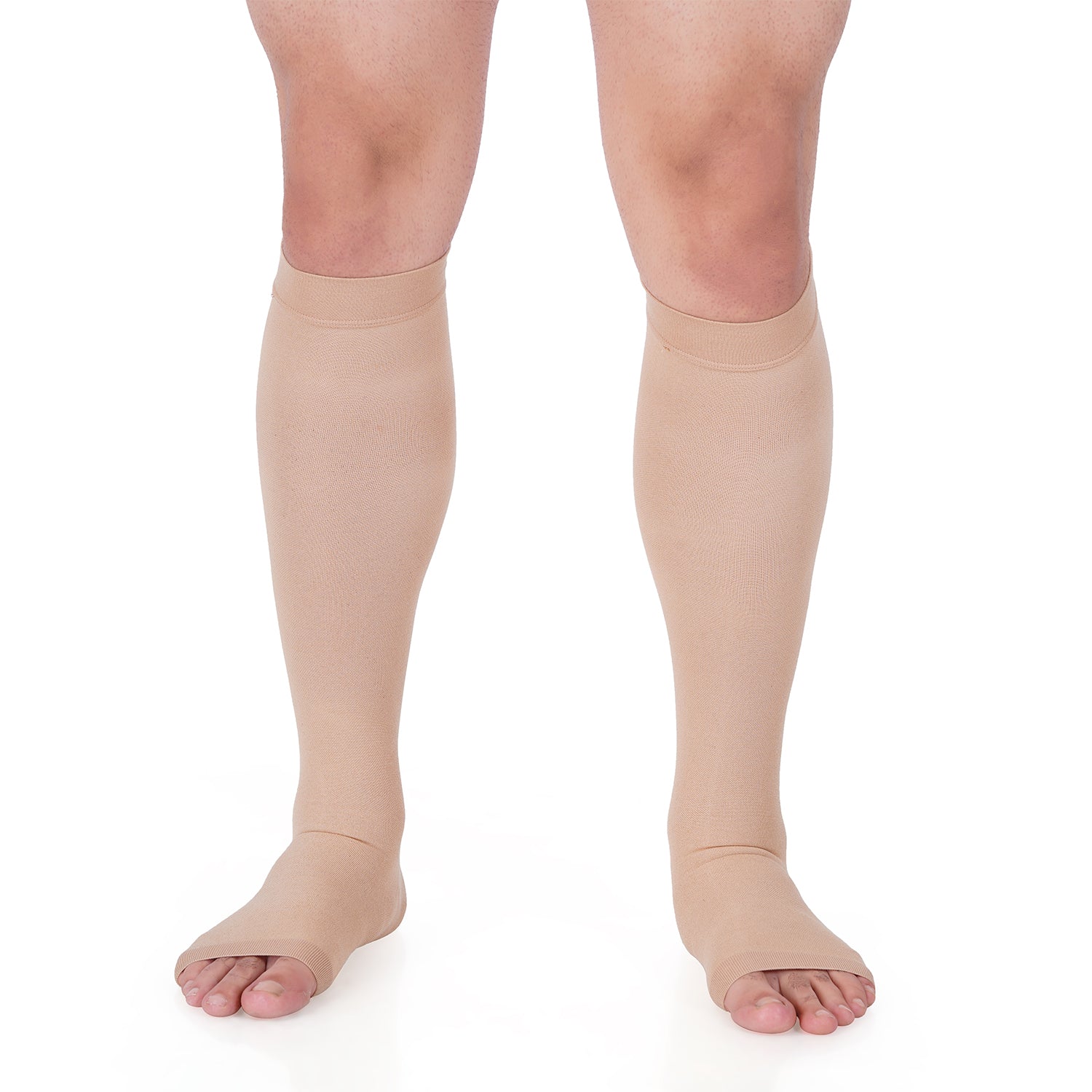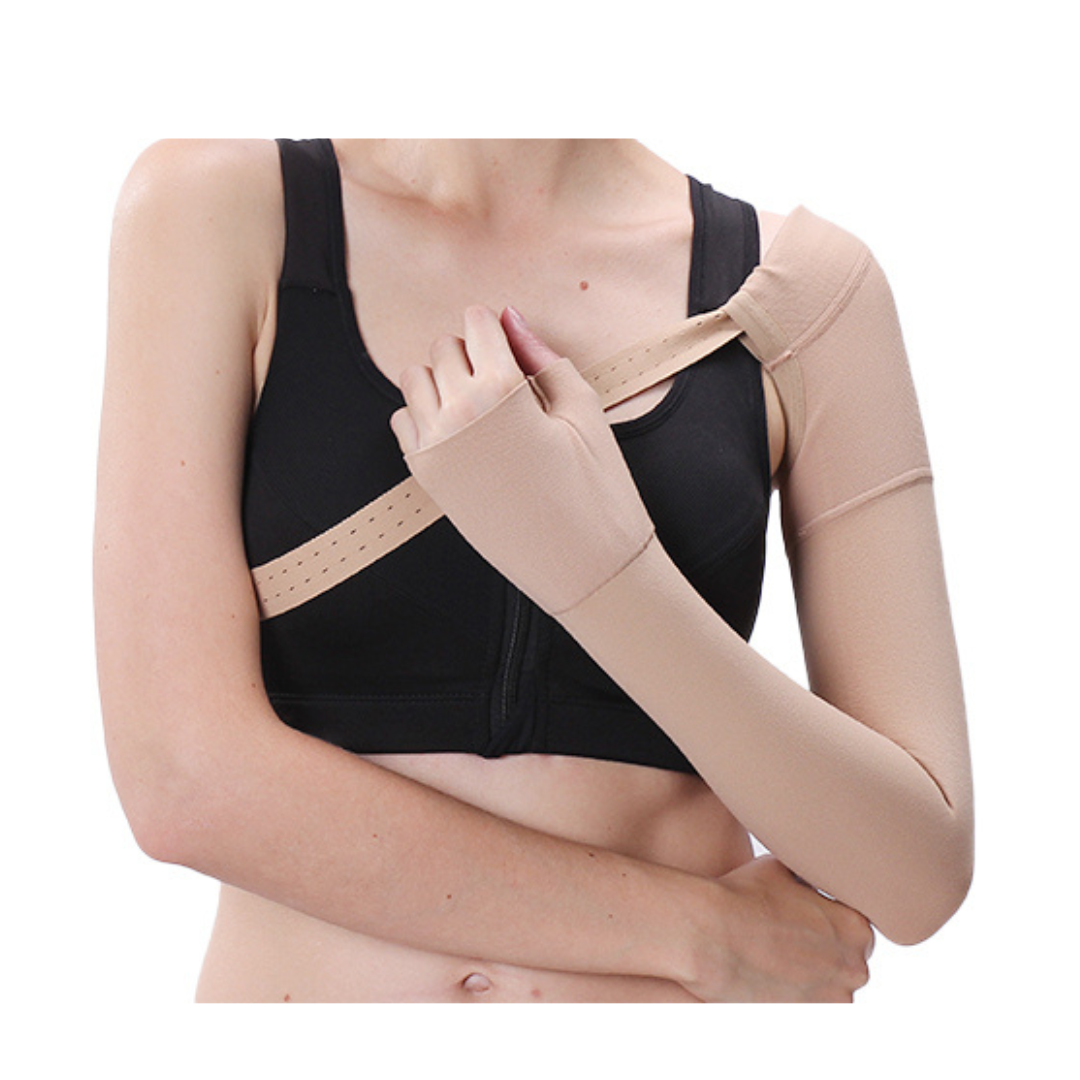Introduction
In the pursuit of optimal health, understanding the intricate mechanisms of the human body is paramount. When it comes to vascular health, specifically blood circulation, compression garments have emerged as valuable tools. These garments, ranging from socks to sleeves, apply controlled pressure to various parts of the body. In this article, we delve into the significance of compression garments in promoting vascular health and overall well-being.
Understanding Vascular Health
The Circulatory System's Vital Role
The circulatory system is responsible for delivering oxygen and nutrients while removing waste products from cells. An efficient circulatory system is crucial for maintaining healthy bodily functions and preventing various health issues.
The Mechanism of Compression Garments
Controlled Pressure for Enhanced Blood Flow
Compression garments work by exerting targeted pressure on the underlying tissues. This pressure assists in improving blood flow and preventing blood from pooling in the veins, especially in areas prone to circulation problems.
Types of Compression Garments
Compression garments come in various forms, including socks, stockings, sleeves, and even full-body suits. The choice of garment depends on the specific needs and concerns of the individual.
Benefits of Compression Garments for Vascular Health
Managing Venous Disorders
Compression garments are often prescribed to individuals with venous disorders such as varicose veins and deep vein thrombosis. The pressure they apply aids in preventing blood from stagnating in the veins, reducing the risk of clot formation.
Alleviating Edema
Edema, or swelling, can occur due to fluid accumulation in tissues. Compression garments assist in reducing edema by promoting better lymphatic drainage and preventing fluid retention.
Enhancing Athletic Performance and Recovery
Athletes have also embraced compression garments for their potential to enhance performance and expedite recovery. These garments may help reduce muscle vibration and fatigue during exercise, leading to improved overall performance.
Post-Surgery Support
Compression garments are often recommended post-surgery to minimize swelling, promote healing, and prevent blood clots. They provide gentle pressure that aids in reducing postoperative discomfort.
Choosing the Right Compression Garments
Consultation with Healthcare Professionals
Selecting the appropriate compression garment involves consulting with a healthcare professional. Factors such as the severity of the condition, the desired level of compression, and the specific area of concern play a crucial role in making an informed choice.
Conclusion
In the intricate tapestry of vascular health, compression garments stand as valuable allies. By applying controlled pressure, these garments contribute to enhanced blood flow, reduced swelling, and improved overall well-being. From managing venous disorders to supporting athletic endeavors, compression garments play a versatile role in promoting vascular health. Consultation with healthcare professionals ensures that the right garment is chosen, tailored to individual needs and concerns.
FAQs About Compression Garments and Vascular Health
1. Are compression garments suitable for everyone? Compression garments are beneficial for many individuals, but it's important to consult a healthcare professional before using them, especially if you have underlying health conditions.
2. Can compression garments be worn during exercise? Yes, compression garments can be worn during exercise to provide support and potentially enhance performance. However, the level of compression and the type of exercise should be considered.
3. How do compression garments prevent blood clots? Compression garments help prevent blood clots by improving blood flow and preventing blood from pooling, which reduces the risk of clot formation.
4. Are there different levels of compression in these garments? Yes, compression garments come in different levels of pressure, ranging from mild to strong. The appropriate level is determined by your healthcare provider based on your condition.
5. Can I wear compression garments without a doctor's recommendation? While some compression garments are available in different compression levels, it's advisable to consult a healthcare professional before using them to ensure they are suitable for your specific needs.












